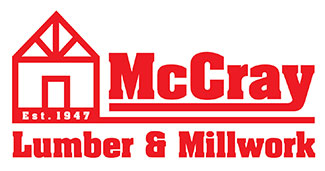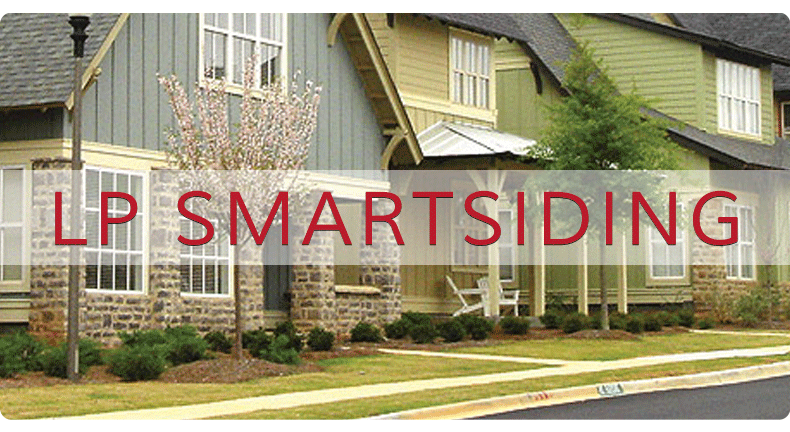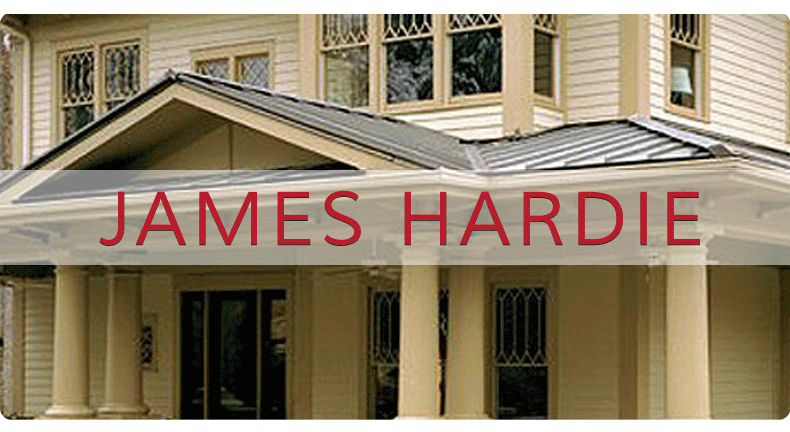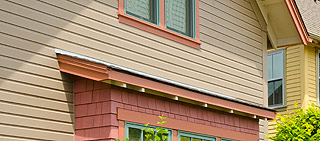DOES YOUR HOME NEED NEW SIDING?
Not only does siding protect your home from the elements, but proper siding can also increase your home’s energy efficiency as well as improve the visual appeal of your home. Choosing siding can be daunting with all of the options and styles available.
TYPES OF SIDING
There are several reasons why you may want to consider replacing the siding on your home:
- New siding can change the appearance and character of your home. You should select a siding style and material that compliments the architecture of your home as well as one that works well with your local climate and weather.
- Changing your siding can increase the resale value of your home. Potential buyers will see the value in a home that has recently had new siding installed, eliminating the need for new siding or paint in the near future.
- New siding, complete with added insulation, provides a moisture barrier and prevents outdoor temperatures from affecting your indoor climate, thus lowering your utility bills.
- Replacing your siding can also decrease your home’s maintenance costs. Paint must be reapplied every five or more years, whereas most current siding options require little if any maintenance in terms of paint or stain.
There are two main types of siding styles: horizontal lap siding or panel siding, which comes in a variety of patterns and textures, and shingle siding, which can be used as an accent or for the entire home. McCray Lumber and Millwork carries several different siding materials to select from.
Wood Siding: Wood siding can be lap siding, panel siding, shake siding, clapboard siding, or shingle siding. It is installed over a moisture barrier. Wood siding is easy to install and repair but does require painting or staining every 5 or more years.
Engineered Wood Siding: Engineered wood siding is made from a combination of wood products and other synthetic materials. Oriented strand board, hardboard, and veneered plywood are all examples of engineered wood siding. It comes in panels that are both easy and inexpensive to install and repair. Engineered wood siding has the appearance of wood but requires less maintenance and is less expensive. Because it uses less wood to create the same size pieces, engineered wood siding is also environmentally friendly.
Fiber Cement Siding: Fiber cement siding is one of the newest options in siding. Fiber cement siding is made from a mixture of Portland cement, sand, and wood fibers. It is durable, low maintenance, and comes in a variety of realistic wood grains, styles, and colors. Like wood, it can be painted but fiber cement siding holds paint longer than wood. It is created to withstand rain, wind, hail, fire, and wood-boring insects. Fiber cement siding carries a 50-year warranty.





